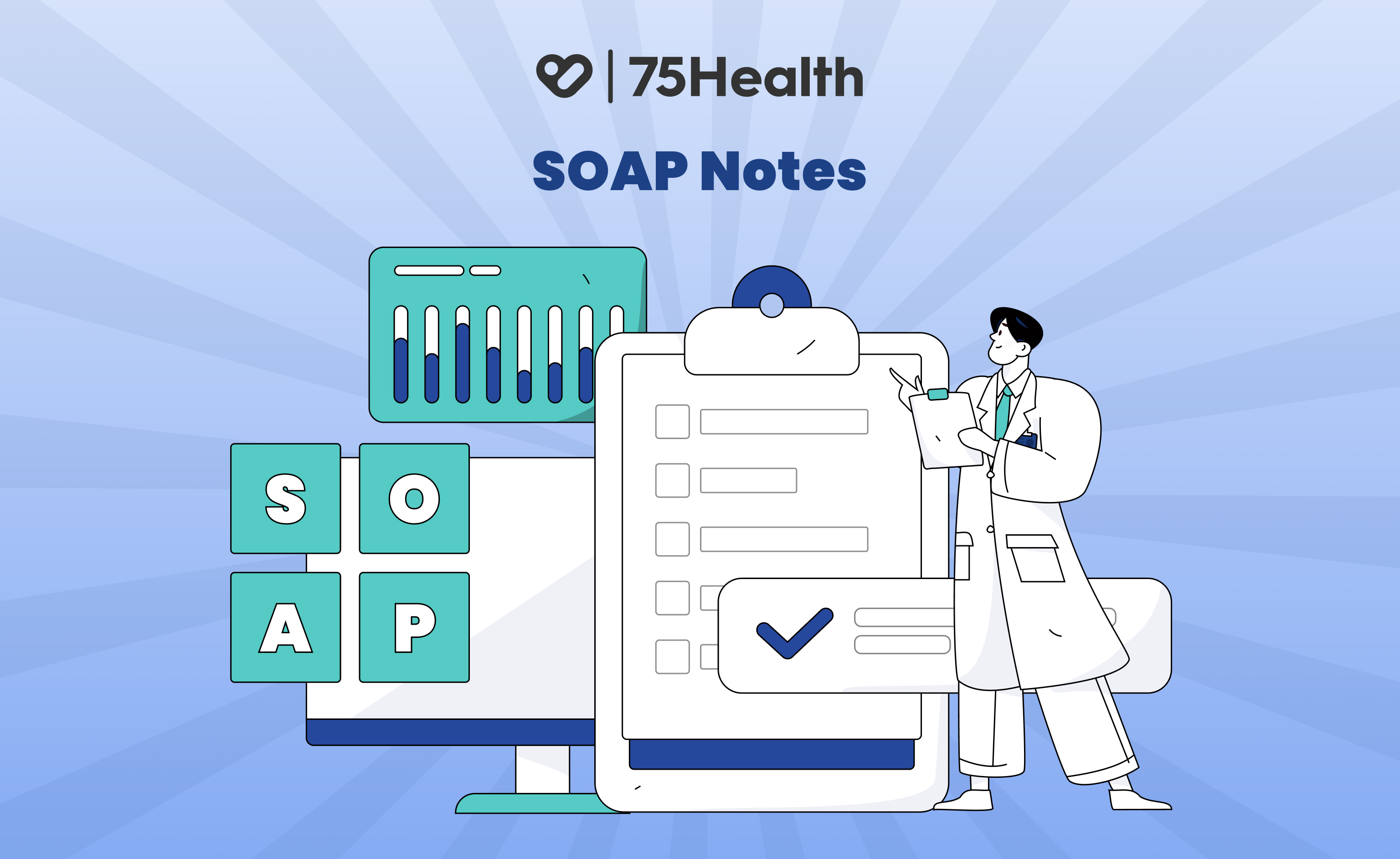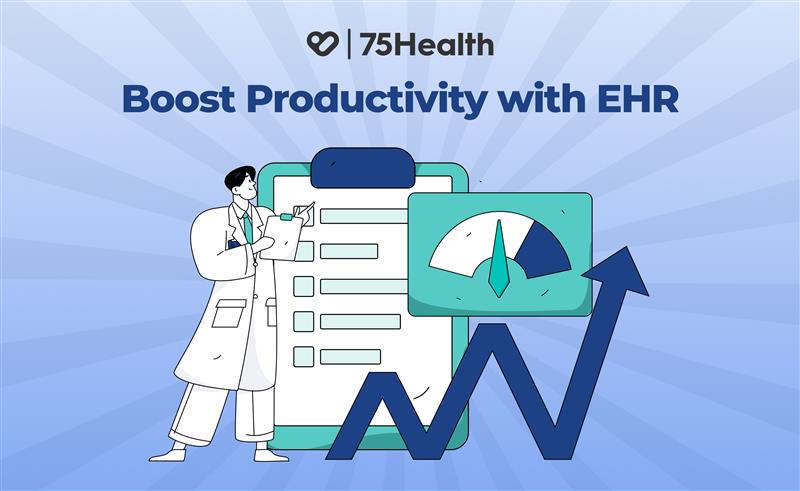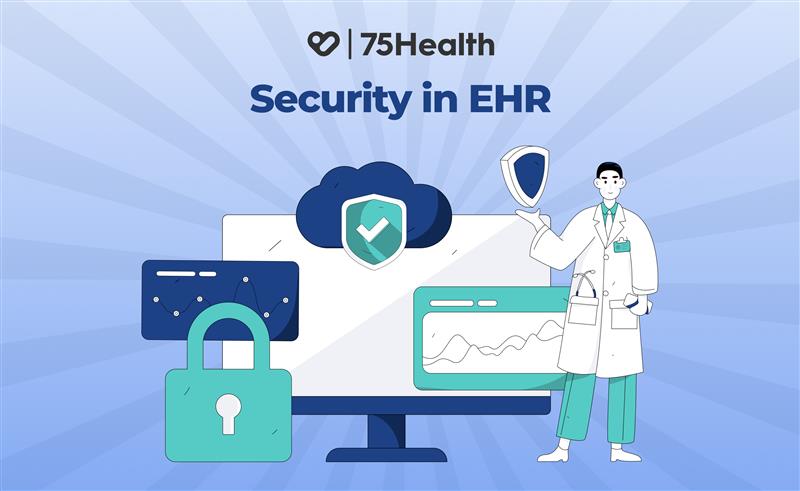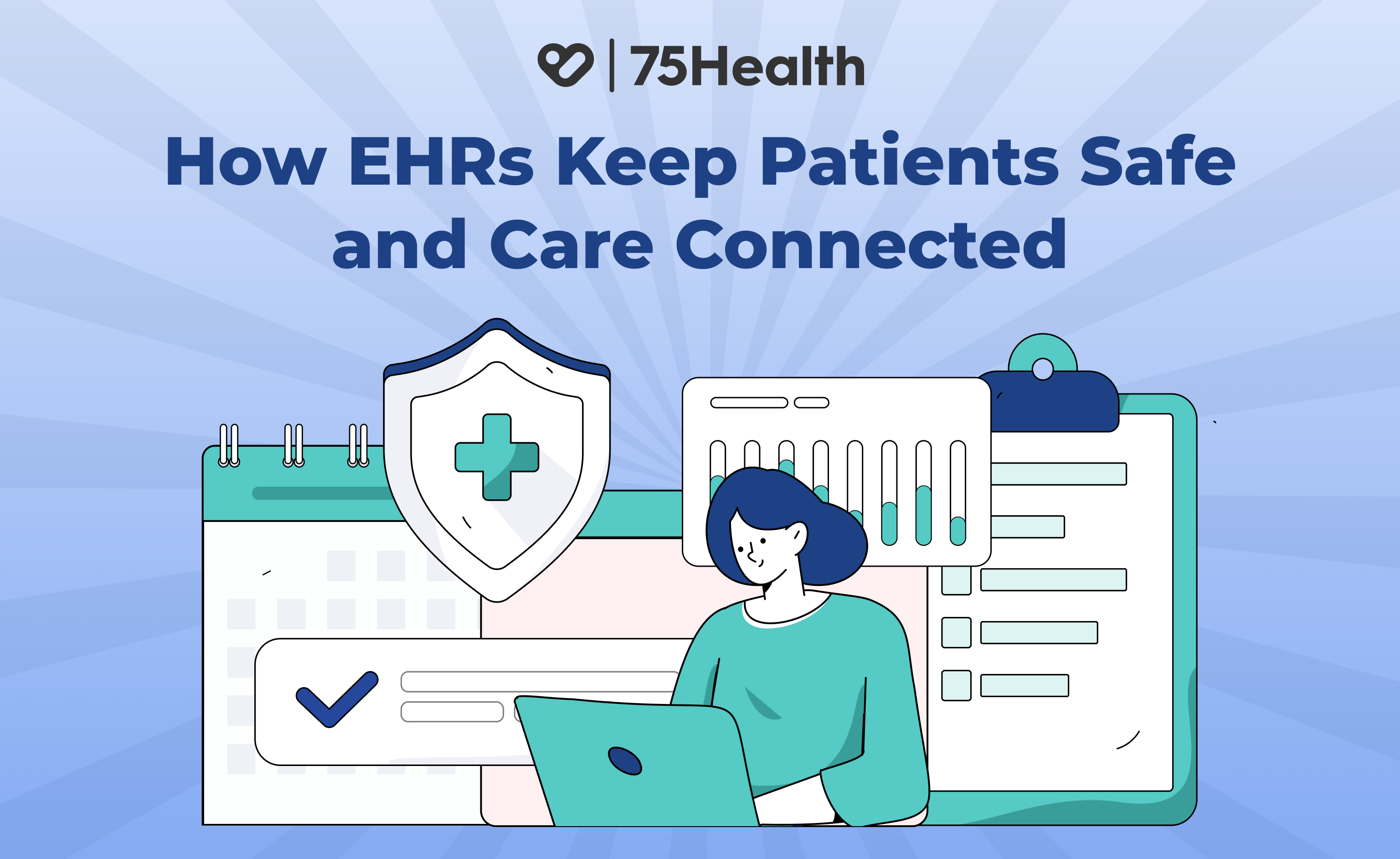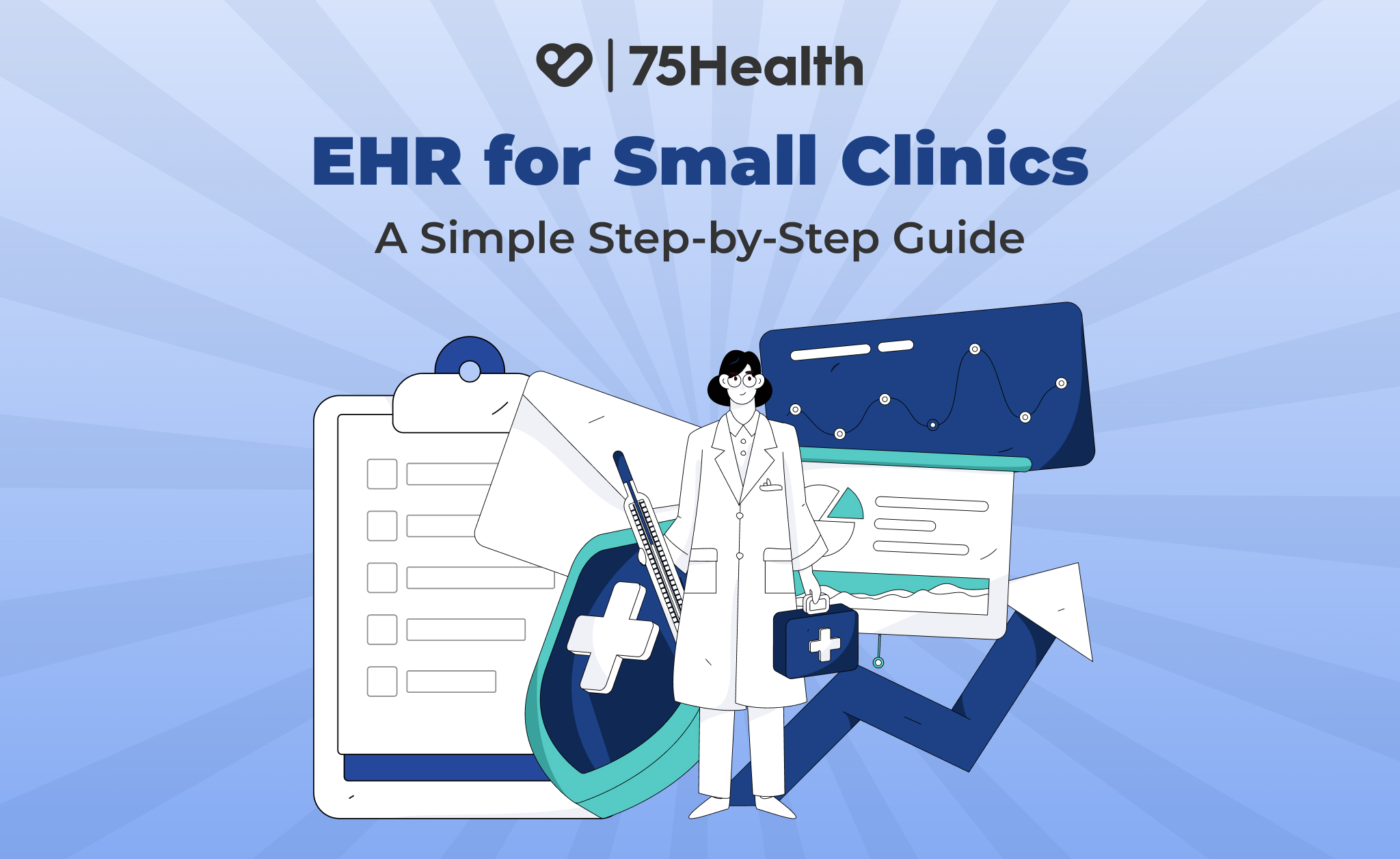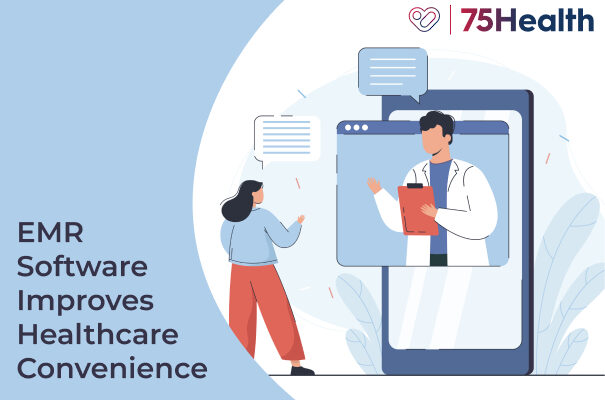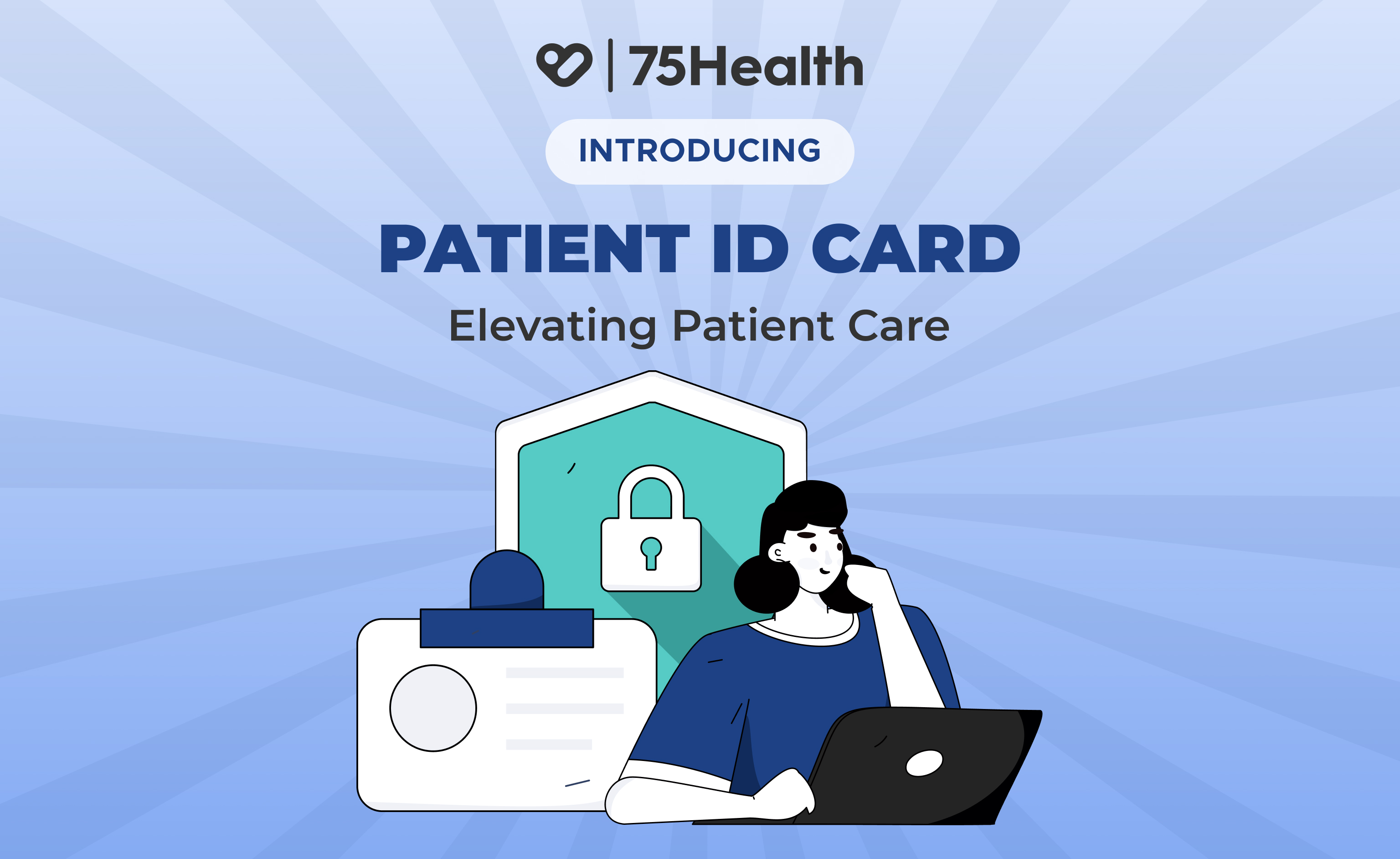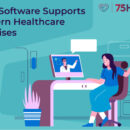Modern EMR Software Eliminates Long Training
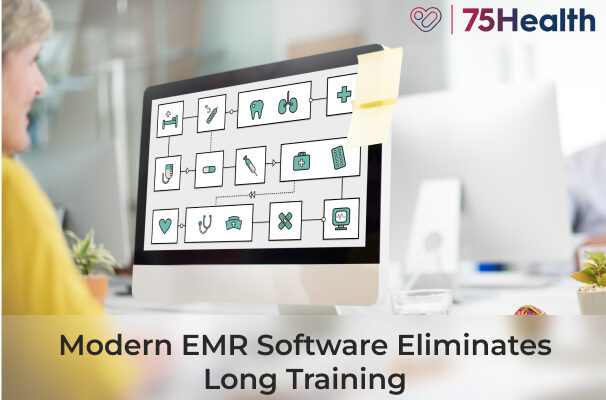
The world has seen a vast breakthrough in healthcare technology over the last decade. The growth changed many aspects of healthcare practice, making things much more accessible, streamlined, and user-friendly. One such impact is EMR Software creating enormous possibilities for patients and providers.
By digitizing patient records, this software has allowed sharing of medical information quickly and easily between providers. This has led to better coordination of care and improved patient outcomes.
EMR Software has also had a significant impact on provider workflow. By automating many of the tasks associated with record keeping, this software has freed up time for providers to focus on more critical tasks such as patient care, hospital management and advanced treatment.
In addition, using EMR helps improve provider productivity by reducing errors and increasing efficiency. There are many benefits of using web-based EMR Software. One benefit is that the user interface is easy to use. In just a few clicks, users can access the information they need.
Doctors need a simple device with an internet connection to access Web-Based EMR Software anywhere. This means that users can access their records from home, work, or on the go. Also, EMR software is often more affordable than traditional EMR systems and an excellent option for small and medium-sized practices.
The software does not need costly and time-consuming installations or updates. Simply log in to the system via the internet, and you’re ready. This makes EMR Software a much more appealing option for small and medium-sized practices that may not have the resources to invest.
Another significant advantage is that it allows for greater flexibility and customization. With traditional EMR systems, users are often stuck with whatever features and functionality come packaged with the system. Users can typically choose from various modules and add-ons to create a system that perfectly meets their needs.
A recent study found that EMR Software can help eliminate long training times for new employees and increase user satisfaction levels. EMR systems are user-friendly, and many come with tutorials or built-in training materials.
This can shorten the learning curve for new users and help them feel more confident and comfortable using the system. The information in EMR software is valuable when making treatment decisions and can help you identify patterns or trends in your patients’ health.
EMR Software can help you maintain compliance with regulations and standards. By keeping accurate records, you can ensure that you meet all the requirements for quality care.
EMR Software Defines The Patient Journey
EMR Software can help to define and document the patient journey. By tracking and documenting patient interactions, providers can identify gaps in care and make necessary changes to improve patient outcomes.
EMR can also help to improve communication between patients and doctors. Patients and providers can easily share essential medical information by providing a centralized platform for medical information. This can help improve coordination of care and improve patient outcomes.
When it comes to health care, communication is key. EMR Software provides a unique opportunity to document and track the patient journey. This data can be used to improve patient care and experiences, as well as to identify problem areas and target interventions.
Additionally, EMR data can monitor and improve population health outcomes. There are many advantages to using EMR data to improve population health outcomes. For one, EMR data can be used to track trends over time. This can help identify patterns of illness and health among different groups of people.
EMR Software can be used to target interventions. For example, if a certain population is at risk for a certain disease, EMR data can be used to target and monitor them for effectiveness.
EMR data can document the patient journey and track patient outcomes. This can help understand how patients interact with the healthcare system and their needs.
Also, It helps in identifying areas where care can be improved. EMR Software Records the Patient encounter with the doctor and streamlines the workflow to the doctor’s office.
Eliminating unnecessary steps in the patient journey is essential to providing a positive experience. In addition to pre-visit instructions, ensuring that patient parking is easily accessible is also key. Removing this pain point allows patients to arrive for their appointment with less stress and anxiety. Ultimately, this will lead to better health outcomes.
EMR Software Helps To Reach Patient Goals
A major goal of Electronic Medical Records Software is to help clinicians better manage patient care.
- EMR Software can help to standardize care.
- It can make it easier to coordinate care between different clinicians.
- It can help to improve communication with patients.
- It can provide real-time data that can be used to make clinical decisions.
- It can help to reduce medical errors.
- It can make it easier to track patient progress over time.
- It can help to support research initiatives.
- It can help to improve population health management.
- It can help to reduce healthcare costs.
All of these benefits are important to consider as we move forward with the adoption of EMR Software in healthcare.
4 Productivity Use Of EMR Software
EMR Software can help improve patient care by providing physicians with better access to vital patient information. This can lead to more informed decision-making and better coordination of care. In addition, it can help reduce medical errors and improve patient safety.
To maintain a high level of productivity, EMR software is a valuable tool for increasing productivity. It is important to remember that it is not a cure-all. Many other factors can contribute to productivity levels in medical practice.
For example, the practice’s nature, the staff’s size, and the availability of resources can all play a role. However, by using EMR software, medical procedures can take a significant step toward increasing their productivity.
EMR software can also help save time for both medical practices and patients. Practices can use EMR to automate billing, scheduling, requesting appointments, view test results, and refill prescriptions.
- EMR Software can help streamline the way a medical practice runs. The software can help make each patient’s visit more efficient from check-in to check-out. Having all of a patient’s information readily available in one place can help save time during each appointment. Implementing a new EMR software program can be a significant change for your staff, so it is essential to be patient and provide them with the resources they need to be successful.
- EMR Software can improve patient care. Practitioners can easily access a patient’s health history and current medications. This information is used to make more informed patient care decisions. Also, patients can easily access their health information and share it with their practitioners.
- EMR Software can help reduce paperwork a medical practice generates. With EMR, patient information can be easily stored and accessed electronically, eliminating the need for paper charts. EMR systems can help reduce the time spent on tasks such as charting and documentation.
- EMR Software can improve billing and coding accuracy. With EMR, medical practices can improve their billing and coding accuracy. Having all patient information in one place can help avoid errors and ensure correct billing.
EMR can help reduce staff time spent on administrative tasks. This can free up staff members to spend more time with patients and provide better care.
Overall, EMR Software can have a positive impact on medical practices. They can improve billing and coding accuracy, reduce staff time spent on administrative tasks, and provide better patient care.
Read more :
